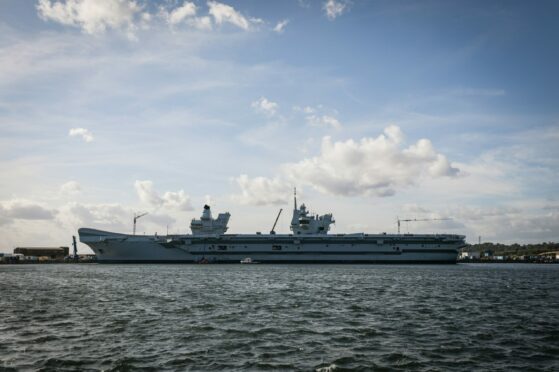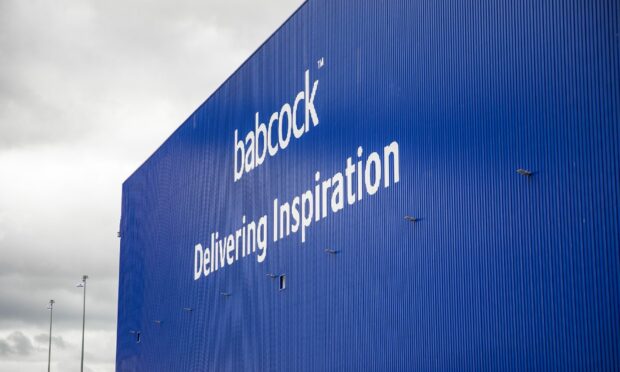A senior defence economist and former United Nations consultant warned Rosyth’s navy shipbuilding industry would likely have no viable future in an independent Scotland.
Professor Keith Hartley, from York University, said warship construction could grind to a halt and thousands of jobs could be lost if Scotland were to leave the UK.
It comes as the UK Government announced plans to build five more warships on the Clyde in addition to five being constructed in Rosyth at the moment.
“At the moment the industry’s future depends on the royal navy, and without the royal navy you wouldn’t have an industry,” Prof Hartley told MPs on Monday.
The veteran academic has previously founded a top defence journal, advised UK Government departments and has been a consultant for the UN.
He warned it was unlikely an independent Scotland would have a particularly large navy, which would mean less demand for warships being built on the Forth.
‘No future’
He told Westminster’s Scottish Affairs Committee: “Warships and defensive equipment in general are costly.
“An independent Scotland will presumably have a minute navy.
“It won’t have a demand for deep-water frigates and destroyers. It couldn’t afford them anyhow.
“I don’t know the size of the independent Scotland’s defence budget, but it’s not going to be large.
“I don’t think it’ll put a lot of resources into building advanced warships.
“I don’t see a future for a Scottish warship building industry in an independent Scotland.”
What is being built now?
Defence firm Babcock started working on a £1.25 billion project to build five new warships earlier this year.
It’s estimated the contract will result in an extra 1,250 jobs being created in Fife in total.
In the run-up to the 2014 independence referendum, SNP politicians claimed Scotland would “inherit” a share of UK defence assets to set up a military force.
In their blueprint for leaving the UK, they said Rosyth could serve as a key naval base and outlined hopes to build two new frigates.
More than eight years on, it’s not yet known how exactly Nicola Sturgeon’s party would approach defence if Scots voted Yes in another referendum.
The SNP has gradually been releasing papers on their vision for splitting from the UK and it’s understood one on military policy is due soon.
Scottish Tory leader Douglas Ross claimed Professor Hartley’s comments were a “hammer blow” to the SNP’s independence hopes.
He said: “This unequivocal verdict by a leading defence expert cannot go unnoticed by nationalists. Professor Hartley could not have been clearer.”
In September, Babcock’s chief corporate affairs officer John Howie told the Scottish Affairs Committee: “Government policy is that all warships are built in the UK.
“Any change in that policy would have a fairly significant impact.
“If I look at Rosyth and the investment we have made in shipbuilding, we are obviously using that 30-year pipeline as part of the justification for that investment.”
SNP MP Stewart McDonald said: “An independent Scotland, as a full member of NATO, will need naval capabilities – capabilities that can be served and improved upon by our world-renowned shipbuilding industry and expertise.
“Scotland stands ready and able to play its part in the defence of these islands and our allies and friends with the full powers of independence, benefitting our world-class shipbuilding industry in the process.”


